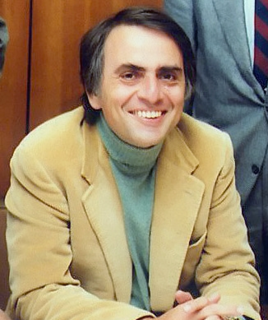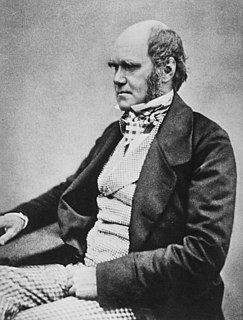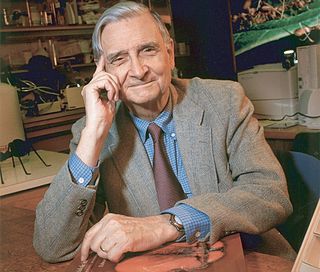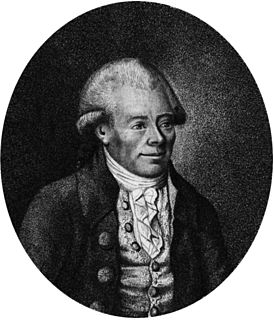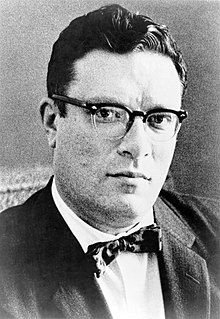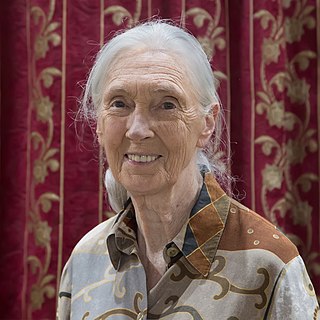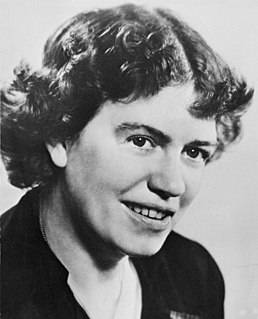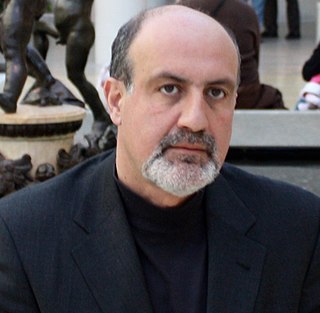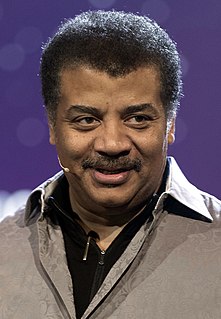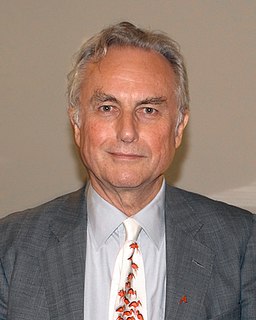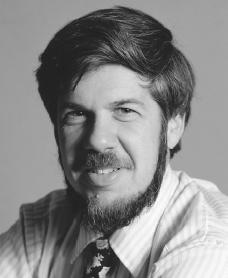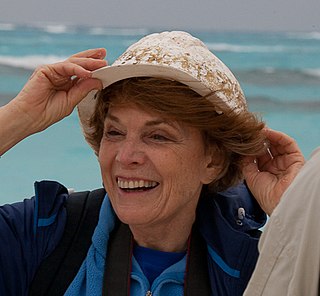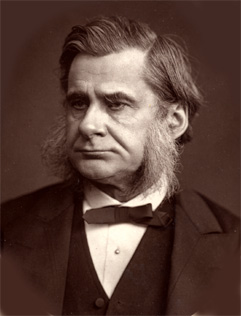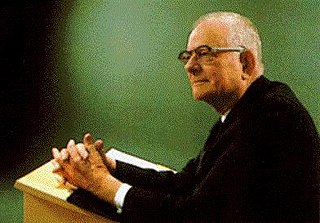Top 17 Quotes & Sayings by Frederick Sanger
Explore popular quotes and sayings by an English scientist Frederick Sanger.
Last updated on April 14, 2025.
A DNA sequence for the genome of bacteriophage ?X174 of approximately 5,375 nucleotides has been determined using the rapid and simple 'plus and minus' method. The sequence identifies many of the features responsible for the production of the proteins of the nine known genes of the organism, including initiation and termination sites for the proteins and RNAs. Two pairs of genes are coded by the same region of DNA using different reading frames.



